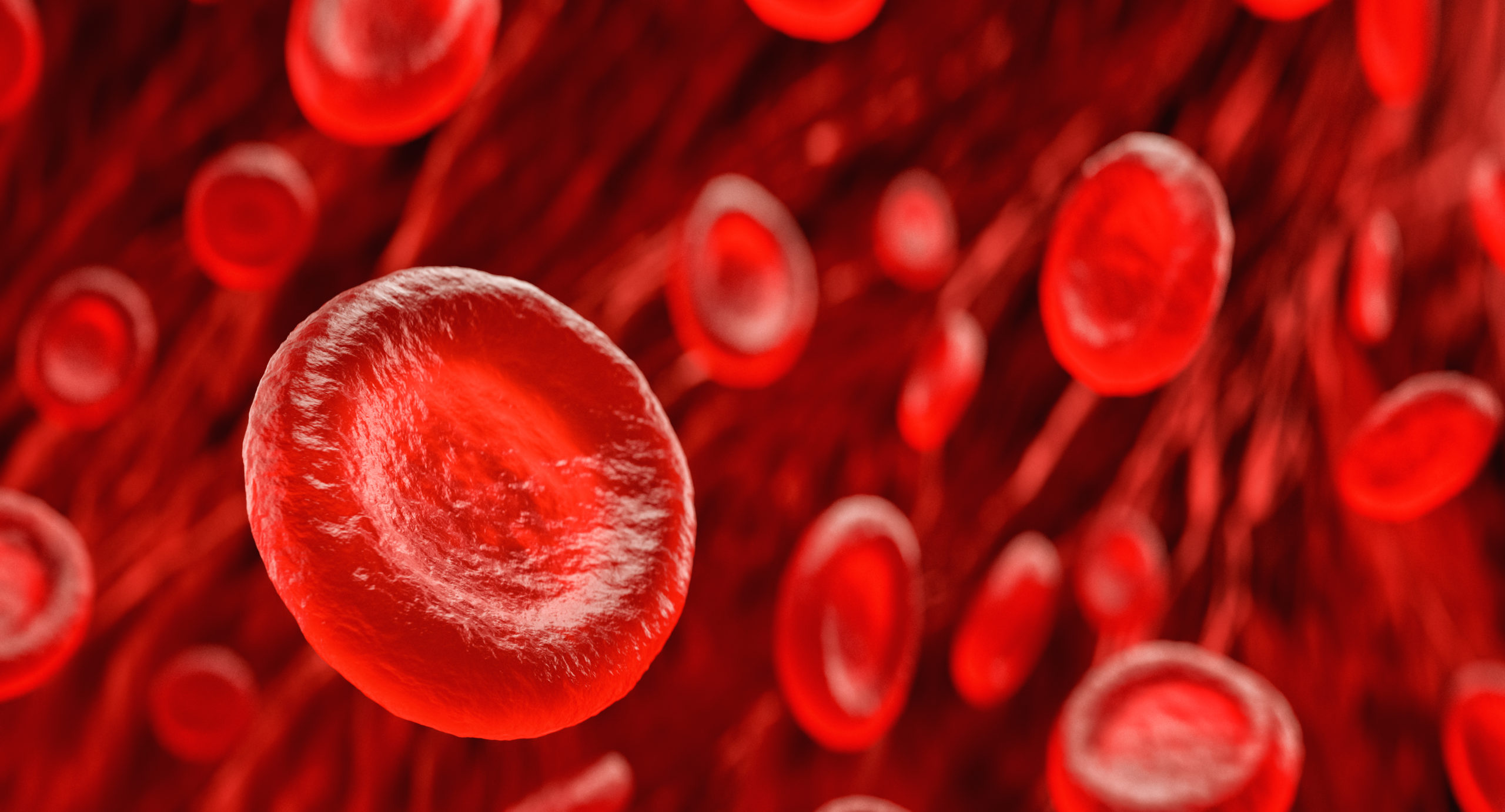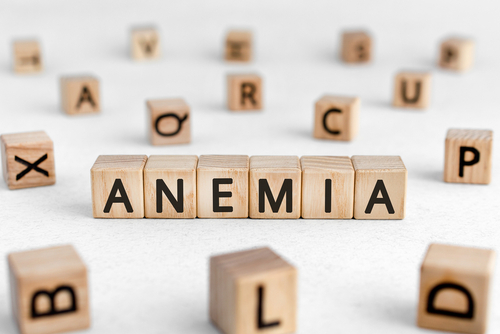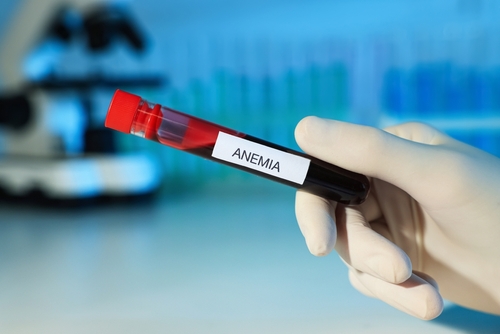
Patients with hyporesponse to erythropoiesis-stimulating agents (ESAs) are at increased risk for adverse events and poor outcomes, leading to increased use of health care resources. Christine Ferro, BA, and colleagues conduced an analysis to compare rates of red blood cell transfusion and kidney transplantation in a population of Medicare beneficiaries with dialysis-dependent chronic kidney disease (CKD) with and without hyporesponse to ESAs.
Results of the analysis were reported during a poster session at the NKF Spring Clinical Meetings 2023 in a poster titled Blood Transfusion and Transplant Rates Among Medicare Patients With Dialysis-Dependent CKD and Hyporesponse to ESAs.
Data on 100% Medicare fee-for-service beneficiaries were used to identify patients with dialysis-dependent CKD receiving ≥6 months of outpatient dialysis with concurrent ESA use in 2019. Eligible patients were stratified by dialysis modality (hemodialysis only, peritoneal dialysis only, and multiple modalities [hemodialysis + peritoneal dialysis]). Hyporesponse was defined as ≥2 consecutive months where mean ESA weekly dose was >300 epoetin alfa units per kilogram of body weight and hemoglobin in the prior month was <10 g/dL.
Patients were classified based on the portion of months flagged as acute hyporesponse (<60%) and persistent hyporesponse (≥60%). Mean days with red blood cell transfusion procedures and risk-normalized kidney transplants per patient per year (PPPY) were identified.
Of the 206,670 identified patients, 10.3% (n=21,302) met the definition of hyporesponse to ESAs. Distribution by dialysis modality was: 92% hemodialysis, 6% peritoneal dialysis, and 2% multiple modalities. Mean days with red blood cell transfusions were higher among patients with persistent hyporesponse (3.3, 2.1, and 2.8, respectively, for those receiving hemodialysis, peritoneal dialysis, or multiple modalities) compared with those with acute hyporesponse (1.1, 0.7, 1.5, respectively), or without hyporesponse (0.3, 0.3, and 0.6, respectively).
Across all levels of hyporesponse, patients receiving peritoneal dialysis had the lowest rates of red blood cell transfusions and the highest risk-normalized rates of kidney transplantation (0.02-0.6 vs 0.01 for those receiving hemodialysis) PPPY.
“Use of red blood cell transfusions increased with persistence of hyporesponse to ESAs, with mean days of transfusion almost 12 times higher for patients with hyporesponse (3.27) than without (0.26) among those receiving hemodialysis. Rates of kidney transplants were higher among patients receiving peritoneal dialysis regardless of hyporesponse,” the researchers said. “These findings suggest that patients with hyporesponse incur costly health care utilization, and anemia treatment alternatives are needed.”
Source: Ferro C, Benjumea D, Metz S, Harrigan K, Johansen KL. Blood transfusion and transplant rates among Medicare patients with dialysis-dependent CKD and hyporesponse to ESAs. Poster #180. Abstract of a poster presented at the National Kidney Foundation Spring Clinical Meetings 2023; April 11-15, 2023; Austin, Texas.







 © 2025 Mashup Media, LLC, a Formedics Property. All Rights Reserved.
© 2025 Mashup Media, LLC, a Formedics Property. All Rights Reserved.